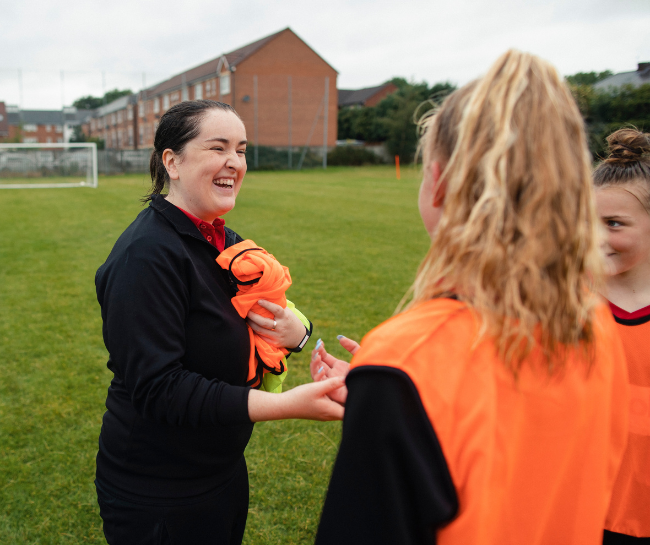Highlights
- • Physical Activity (PA) providers use their knowledge and understanding of young women and girls’ participation to design PA programmes.
- • There are important disparities between the perspectives of providers and participants.
- • Providers aim for fun sessions by relatable coaches while young women want expert coaches who can develop their skills.
- • Utilising an ecological framework highlighted factors at each level of influence from intrapersonal to policy level.
- • Collaboration between funding bodies, local authorities, schools and providers is most likely an effective strategy.
Abstract
Aims
The present study used a multi-method approach to qualitatively explore whether the perceptions of young women and girls and exercise providers are aligned in terms of the factors that influence participation with the aim to better understand how these factors influence participation.
Design
Thematic analysis was used to synthesise focus groups and interview data within the intrapersonal, interpersonal, organisation, environmental, and policy levels of an ecological model.
Methods
Interviews were conducted with 4 experienced exercise providers (2 men, 2 women). Focus groups were conducted with 21 young women and girls (M = 17.9, SD = 2.4) who had participated in one of the exercise interventions developed and delivered by the providers.
Results
The perceptions of participants and providers were often disparate but revolved around the same themes especially at the intrapersonal and interpersonal levels. They expressed contrasting views regarding the importance of skill development and enjoyment, and the role of boys and instructors. At the organisational level, both participants and providers agreed that schools offer opportunities as well as barriers to engagement in physical activity and exercise. At the environmental level, urbanisation, safety, culture, and social media appeared as main themes where the perspectives of participants and providers complemented each other. Finally, at the policy level the main themes were derived from providers and concerned issues around programme funding. Participants provided valuable commentary about a nationwide campaign to promote physical activity to females.
Conclusions
In order to provide engaging physical activity and exercise for young women and girls it is necessary to align the needs and expectations of participants and providers at the intrapersonal and interpersonal levels. For sustainable exercise provision that impacts young women and girls, it is essential to align funding strategies and deliverables between exercise providers, local and national stakeholders.
Researchers
ReishaHullPhD, LisaZaidellPhD, KatyaMilevaPhD, Rita F.de OliveiraPhD

